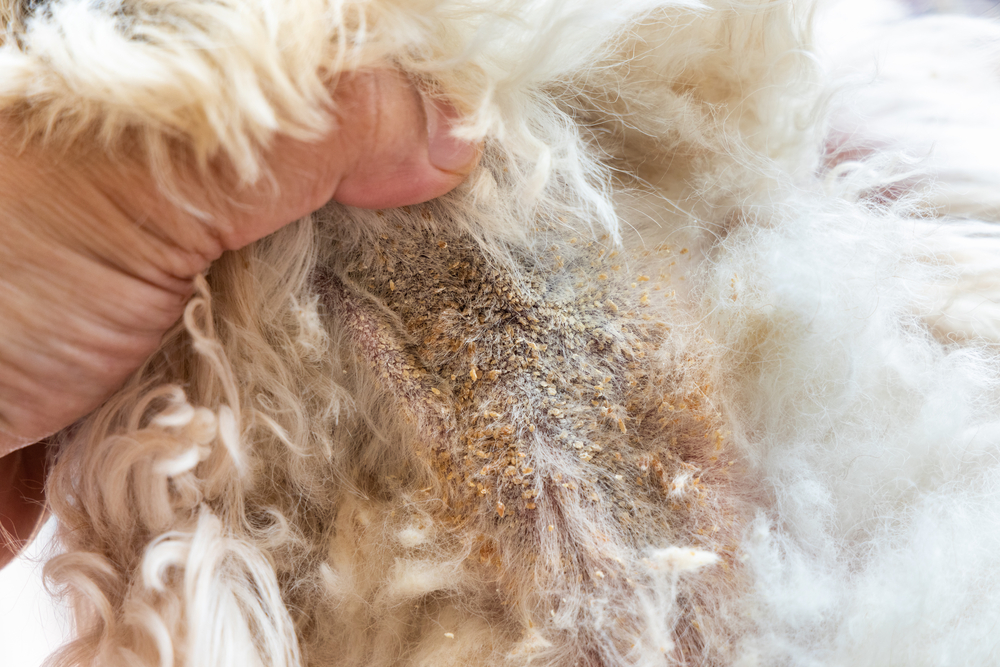Learn About Dog Yeast Infection And Find Ways To Treat And Prevent Them
Does your dog have a yeast infection? An article on the My Best Bark blog teaches you about the condition and gives you helpful tips to treat and prevent future infections.

Is your dog suffering from a yeast infection? My Best Bark's informative report can help you!
The online platform with helpful pet resources has released a report entitled “The Complete Guide To Yeast Infections In Dogs” which discusses causes, symptoms and treatments for canine yeast infections.
Go to https://mybestbark.com/the-complete-guide-to-yeast-infections-in-dogs for more details.
Thanks to this report, you will be able to spot a yeast infection in its early stages and get your dog the treatment he or she needs. Yeast is a naturally occurring fungus that can be desirable and healthy. However, an excessive amount of yeast can lead to infections.
The report explains that the medical name for a yeast infection is malassezia dermatitis, and it can occur in dogs of any sex, age, or breed. That being said, if your dog is a breed with wrinkly skin such as a pug, boxer, or bulldog he or she is more prone to infections because yeast flourishes in hot, moist spots. Hounds, setters, spaniels and other dogs with large drooping ears are also at risk.
Yeast infections are generally caused by allergies, immune system deficiencies, and oily skin. They cause considerable irritation, and you may catch your dog biting or scratching the affected area. Infections can occur in the mouth, ears, nose, intestines, and urinary tract. Depending on the body part, your dog's symptoms may include red scaly skin, constant head tilting, poor appetite, malodorous urine, and drowsiness.
According to the report, yeast infections on the skin are typically treated with an anti-fungal shampoo, followed by a medicated shampoo that contains miconazole, chlorhexidine or ketoconazole. Infections in the mouth, inner ear, urinary tract, and other internal areas can be cured by oral medicine and injections.
The author suggests that you can help speed up the healing process by using a solution of one gallon of water, one cup of hydrogen peroxide, and up to four cups of white vinegar to clean infected areas. You can try to prevent future outbreaks by regularly checking your dogs' ears, skin and mouth, properly bathing and drying them after a swim in a pond or lake, and feeding them a nutritious diet.
My Best Bark is an online resource for dog owners that contains informational articles, helpful product reviews, uplifting tales, and cute dog videos. Topics include dogs with disabilities, the best waterproof dog beds, whether baby wipes can be used on dogs, and appropriate harnesses for certain dog breeds.
Yeast infections can be confused with other conditions, but My Best Bark can help you understand what symptoms to look for. Check out the website for a variety of helpful health tips.
Visit https://mybestbark.com/the-complete-guide-to-yeast-infections-in-dogs for advice about your dog's health.

